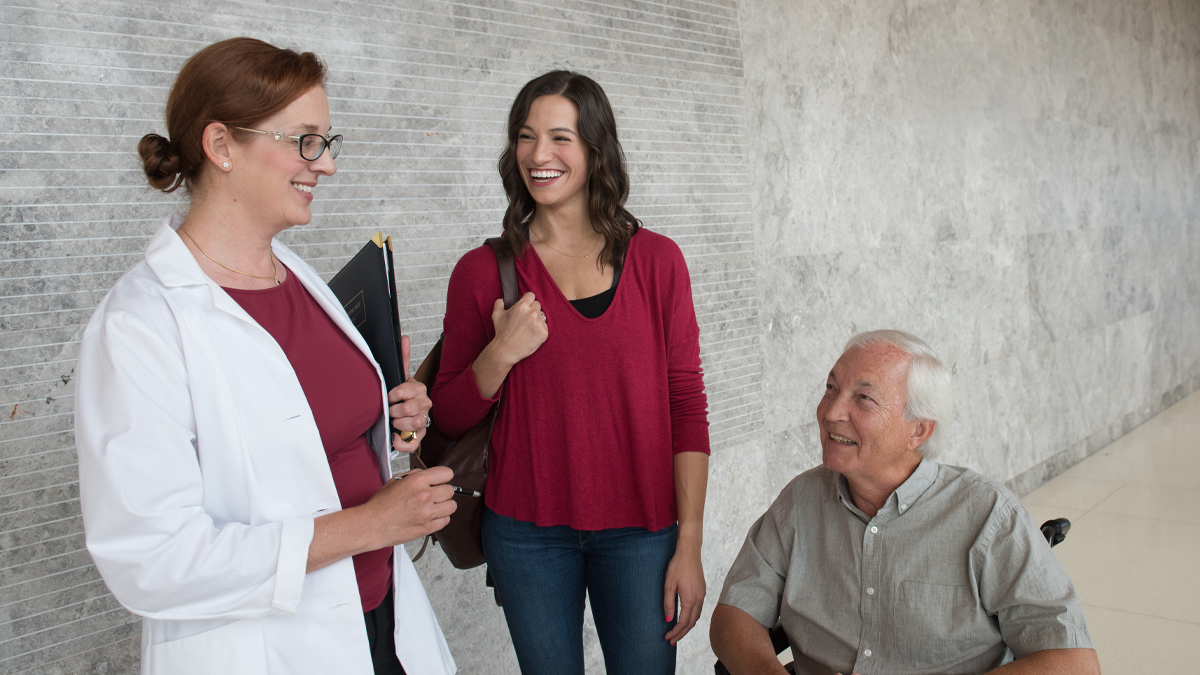A tango that heals and inspires cancer survivors
Ohio State dancer discovers her new purpose as healer

The power to pursue your dreams
Two elements have been at the core of Mimi Lamantia's life — her love of dance and her desire to help others heal.
At Ohio State, she discovered how her two life foundations connect to create remarkable outcomes.
"My freshman year I was taking a dance education class, and my professor was talking not only about how dance is being taught and used in schools, but also in the medical field," she said. "I also met (faculty member) Lise (Worthen-Chaudhari) that year, which was crucial because it gave me an immediate connection with the medical center.
"That was all facilitated via the Department of Dance and the curriculum that they already have laid out to promote a multidisciplinary education within a dance education."
With a foundation in the arts and medicine established, Lamantia got to work exploring the intersections of dance and medicine. She had an able guide and mentor in Worthen-Chaudhari, a former dancer and research scientist, who served as associate director of the Human Motion Analysis and Recovery Laboratory within Dodd Hall at The Ohio State University Wexner Medical Center.
Worthen-Chaudhari's lab was the perfect place for Lamantia to cultivate her ideas about dance and the ways it could help people with movement challenges.
She began to take a particular interest in chemotherapy-induced peripheral neuropathy (CIPN), which causes pain and imbalance for those who have survived cancer. Up to 60 percent of survivors who've had chemotherapy suffer from CIPN.
While there had been significant research on how dance can be used to treat things such as Parkinson's disease, its effectiveness in treating CIPN was largely unexplored. Lamantia dug into this research, creating a project that won first prize in Ohio State's Denman Undergraduate Research Forum, and was subsequently selected to represent the university at the 2016 Universitas 21 (U21) Research Conference in Monterrey, Mexico.
These findings set the stage for her program Argentine Tango for Cancer Survivors, which earned funding as a part of the Pelotonia Fellowship. The intervention comprised three 10-week sessions in which those participating used the tango to improve their movement and balance.
The result? Participants reported a 56 percent improvement in their balance. "Seeing it succeed for someone recovering from cancer was absolutely phenomenal," Lamantia said.